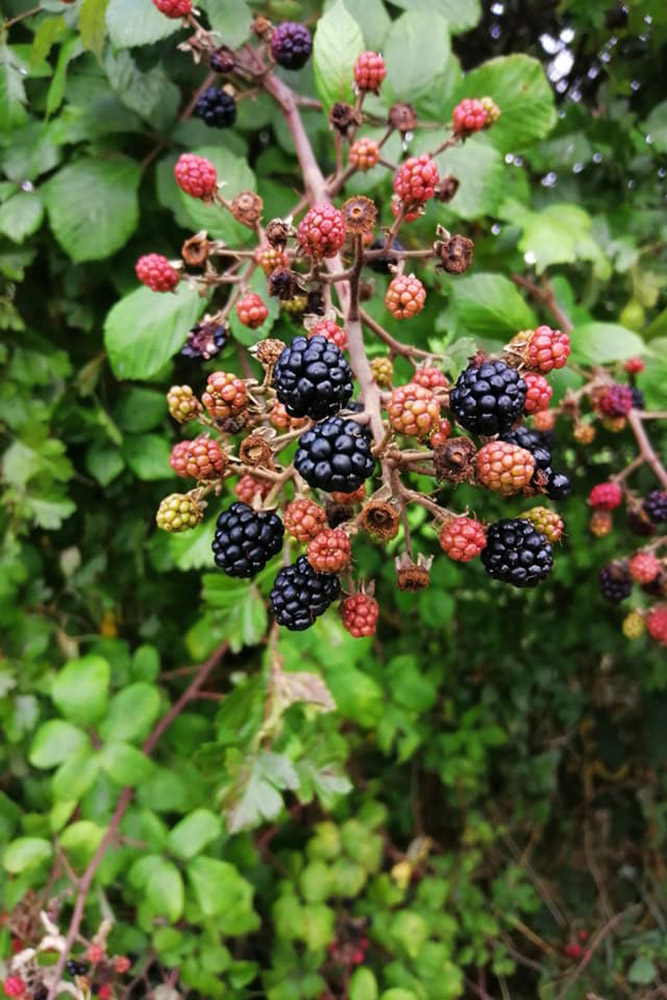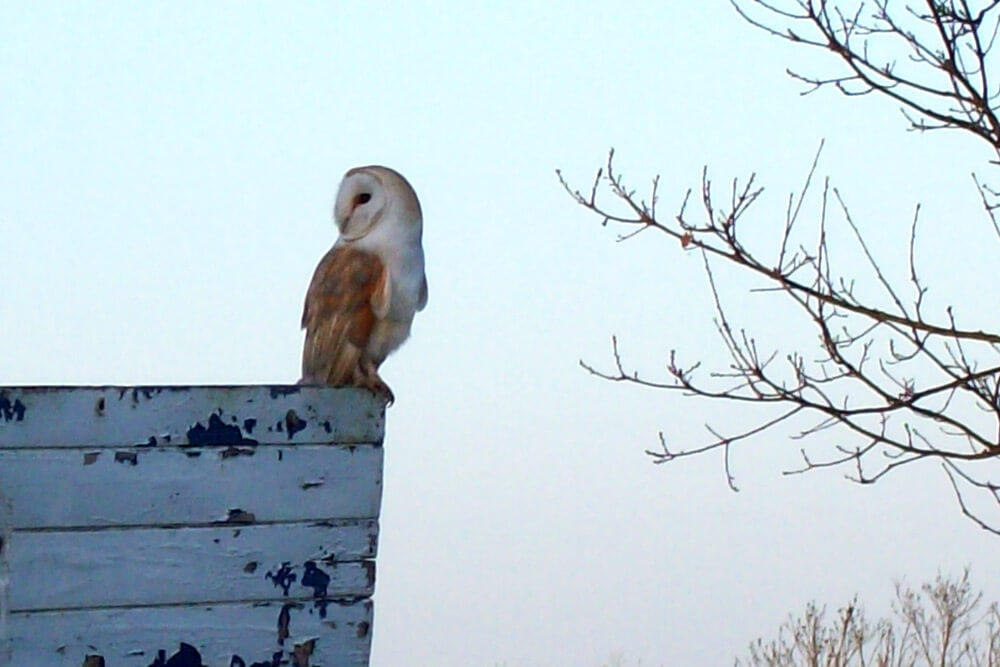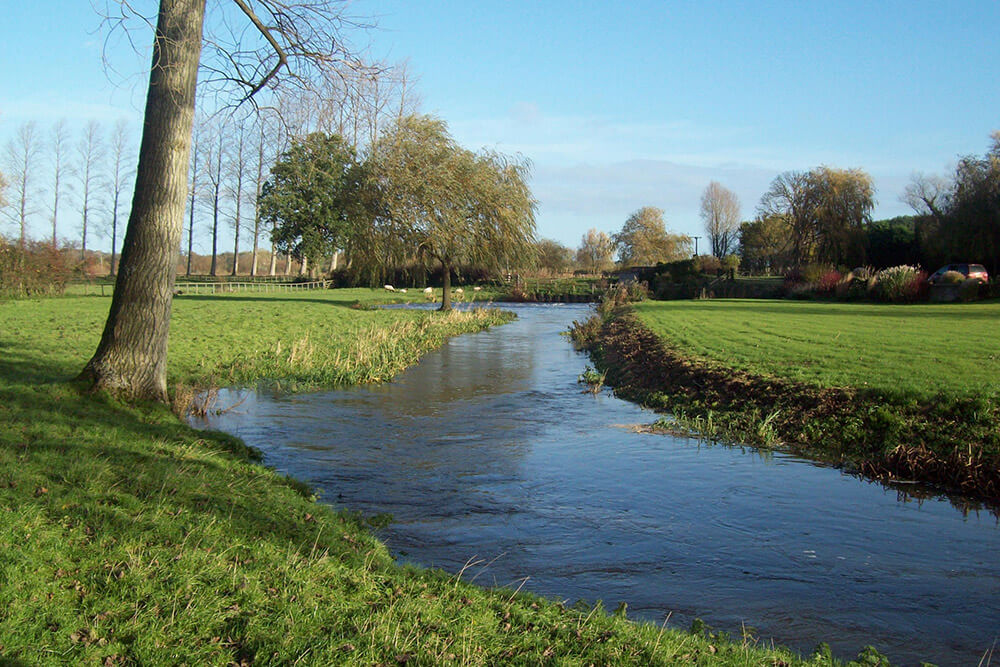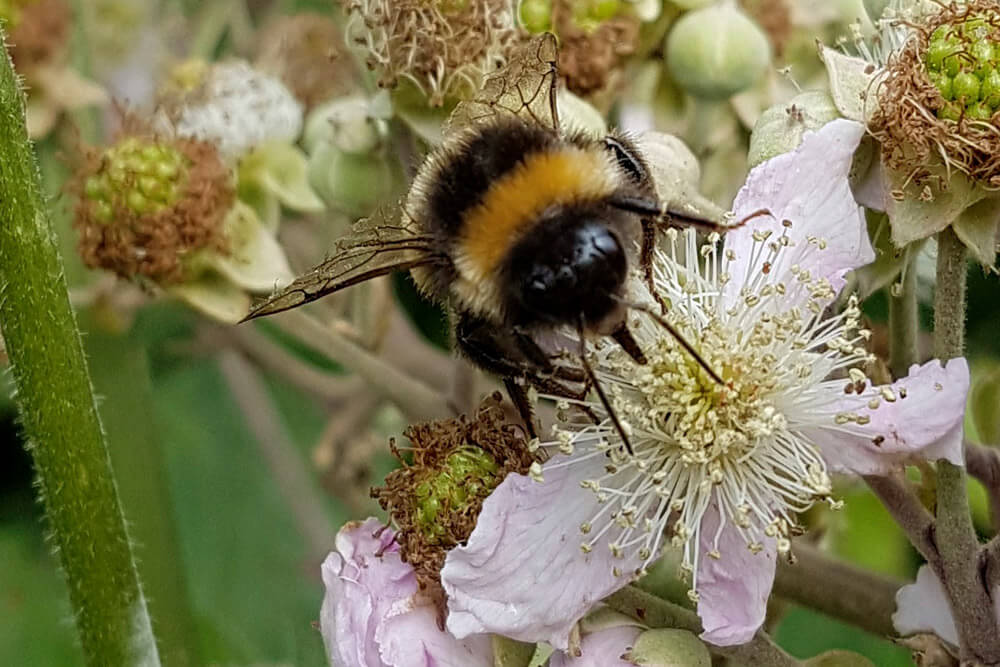Things to do
WILD AND NATURAL BRECKLAND
The Brecks is an extremely important area for wildlife and covers over 350 square miles. Many species, which are not seen elsewhere in England can be found here.
- We have over 12,500 species living in the area, 30% of which are nationally classified as rare.
- Some areas of Breckland have such an amazing concentration of flora and fauna.
- Over 400 species of plants (including tower mustard, fingered speedwell, Breckland thyme and military orchid), 600 species of beetle, 25 types of butterflies and 19 species of dragonflies are to be found on Thompson Common alone.
Many of the plants and insects are found here due to the many centuries of sheep grazing and rabbit farming which created an area, now one of the most important heathland regions in the country. Sadly, with increased farming and forestry, less than 8,000 hectares of this grass and heathland remains today, but it is heartening to know that hundreds of acres are protected at a national or international level.


Bird-watching in The Brecks
Birds seen in The Brecks include stone curlew, nightjar, woodlark, goshawk, common crossbill, green woodpecker, golden oriole, grey partridge, hobby, willow warbler, little owl, barn owl, jay and many more. Some of our birds visit from the Mediterranean and Russia.
The RSPB are working on a conservation project in the area, devoted to the stone curlew and their work is having a great effect on the bird’s population here, doubling it between 1991 and 2006.

Wetlands in Breckland
Wetlands in Breckland are also very important for wildlife conservation. There are several large areas of water, or Meres as they are known here. We also have some very unusual glacial ponds, which are called “Pingos”. Some good examples of these Pingos are to be found on Thompson Common, just outside Watton.

Protecting The Brecks
Twenty-five species of invertebrates found in The Brecks are in danger of extinction in the UK. But, thanks to the many SSSIs and other protected sites, we will keep these and other categories of flora and fauna thriving for centuries to come.
We’ve included details of some of our nature reserves here. For more information on these reserves, please contact the Norfolk Wildlife Trust on 01603 625540.
Places to visit
Lolly Moor.
NR19 1QF
Another small reserve but very diverse habitats and many interesting specimens to be seen.
Open dawn till dusk, every day but only roadside parking available.
Honeypot Wood.
NR19 2NG
Open dawn till dusk every day, all year round.
This small reserve does not welcome dogs and has very limited parking as it is on a very narrow country lane.
Hoe Rough.
NR20 4BQ
Lots of different habitats to found here, including wet fen, grassland and a river.
Open dawn till dusk every day, all year round.
This reserve welcomes dogs on a short lead and there is a small car park.
Scarning Fen.
NR19 1LN
A very sensitive site, containing several very rare plant and invertebrate species, so please tread carefully.
Parking only available on the roadside, so caution is required.
Dogs are not welcome.
East Wretham Heath.
IP24 1RU
Large areas of open water, close cropped grassland and some farmland, mean that this reserve has a good selection of birds, insects, plants and animals. Breeding woodlarks and stone curlews, three species of deer and stoats can be seen here. But the diversity of the reserve means that it is always possible to see something unusual.
Open every day from dawn till dusk, with a carpark, this reserve accepts dogs on a short lead and asks owners to be aware of grazing animals and breeding birds.
Sparham Pools.
NR9 5QY
The site of former gravel workings, now flooded to form pools. Some of these pools are deep, so please be aware and keep children under supervision at all times.
These pools bring in many bird species, including the grey wagtail, waders, sand martin, kingfisher and waterfowl. Dragonflies, butterflies, damselflies, along with many plant species means that this reserve suits all.
Open every day from dawn till dusk with parking available, but dogs are only welcome on some of the public footpaths and are requested to be kept on a short lead during breading season.
New Buckenham Common.
NR16 2AS
A huge area of common land, with a history which can be traced to the 12th century. The area has a large area of grazed grassland, as well as scrub and pools, some of which hold water all year round.
This is a great area for many types of warbler, as well as the chiffchaff and nightingale, along with many other wild birds. Wild orchids are found here too, to add to the long list of reasons to visit.
There is a carpark and the reserve is open dawn till dusk every day.
Dogs must be kept on a short lead at all times.
New Buckenham Common.
NR16 2AS
A huge area of common land, with a history which can be traced to the 12th century. The area has a large area of grazed grassland, as well as scrub and pools, some of which hold water all year round.
This is a great area for many types of warbler, as well as the chiffchaff and nightingale, along with many other wild birds. Wild orchids are found here too, to add to the long list of reasons to visit.
There is a carpark and the reserve is open dawn till dusk every day.
Dogs must be kept on a short lead at all times.
Thompson Common.
IP17 1DP
Famous for the Pingos, which are a series of post-glacial depressions in the ground which contain a variety of flora and fauna not found elsewhere. The sheer number of species found in this amazing village reserve is just jaw-dropping: Nineteen species of dragonflies and damselflies have been recorded as breeding (or possibly breeding) here, 25 species of butterfly, over 600 species of beetle, rare animals such as the otter and amphibians such as the Northern pool frog and great crested newt are to be found here and birds too, I’ll leave you to discover the birds!
The carpark is signed as “The Great Eastern Pingo Trail” and is open from dawn till dusk every day.
Dogs are allowed on a close lead on the Pingo Trail.
Hopton Fen.
IP22 2QZ
Although this reserve is open at all times, access is difficult. The ground is very soft and much is waterlogged peat, making conditions very demanding.
Wangford Warren.
IP27 0SJ
An area of thirty-eight acres of mounds and dunes, inhabited by rabbits, skylarks and many other species, with sand sedge, bearded fescue and reindeer moss making up some of the flora. With very limited opening times and closed from March to August, it is best to visit in September and October.
Norah Hanbury-Kelk Meadows.
IP28 6BD
There is no public access during March to July.
A good place to see water birds and wetland plants.
Redgrave & Lopham Fen.
IP22 2HX
This reserve is open all year round and, as the area has woodland, fen and heath, the diversity of plant life to be found here is guaranteed to keep any keen botanist happy. Over 270 plant species, birds including the hobby and barn owl, the fen raft spider and many other natural rarities will all entertain while you explore the 163 hectares of the reserve.
Thelnetham Fen.
IP22 1JX
Open all times, this small reserve asks that dogs are kept on a lead. A circular, one mile walk beside the Little Ouse, passing through banks of wild flowers, looking out for rare birds and insects, this area is a treat for everyone. There are grazing animals and the paths are uneven and narrow in places, so please be aware that this is not suitable for wheelchairs or push-chairs or those who have mobility problems.
Knettishall Heath.
IP22 2TQ
Free entry and with four trails, ranging from one to two and a half miles long, this is a great reserve for all to visit and it extends over 430 acres. Parts of the heath are accessible by wheelchair and there are even trails where dogs are sometimes allowed off lead. (Dogs need to be kept on a lead during the nesting season and obviously under close control at all times, even when off lead.)
Market Weston Fen.
IP22 2RF
Ninety one acres of paradise for the naturalist. Two hundred and fifty species of flowering plants, many butterflies, animals and invertebrates as well as some perfect habitat to enable visitors to see numerous birds and small mammals.
Although the reserve is open at all times, access is not suitable for all as the ground is often soft and uneven.
Dogs must be kept on a lead.
Weeting Heath.
IP26 4NQ
The best site in the country to see the stone curlew. This haven for wildlife and a must for birdwatching, is also home to woodlarks, lapwings, green woodpeckers, mistle thrush, little owl, kestrel, sparrow hawk, crossbill, tree pipit, spotted flycatcher and marsh harrier, among others.
Opening times are limited and we ask that you call ahead to ensure times and dates are correct: 01842 827615 or 01603 625540.
24 March to 31 July: 9.30am – 4.30pm
August weekends and weekday openings on demand for nesting season.
For the following reserves, please contact Suffolk Wildlife Trust, on 01473 890089, or
https://www.suffolkwildlifetrust.org/nature-reserves for more information.
You will find excellent facilities to help the visitor in the Brecks. Many free car parks in the forests, footpaths, trails, nature reserves and many acres of commons. Please respect the countryside and follow the Countryside Code:
The Countryside Code
Respect other people:
- consider the local community and other people enjoying the outdoors
- leave gates and property as you find them and follow paths unless wider access is available
Protect the natural environment:
- leave no trace of your visit and take your litter home
- keep dogs under effective control
Enjoy the outdoors:
- plan ahead and be prepared
- follow advice and local signs
If you are going to a place that is off the beaten track on your own, such as nature reserve or the forest, make sure your mobile phone is well charged and someone else knows where you are going.